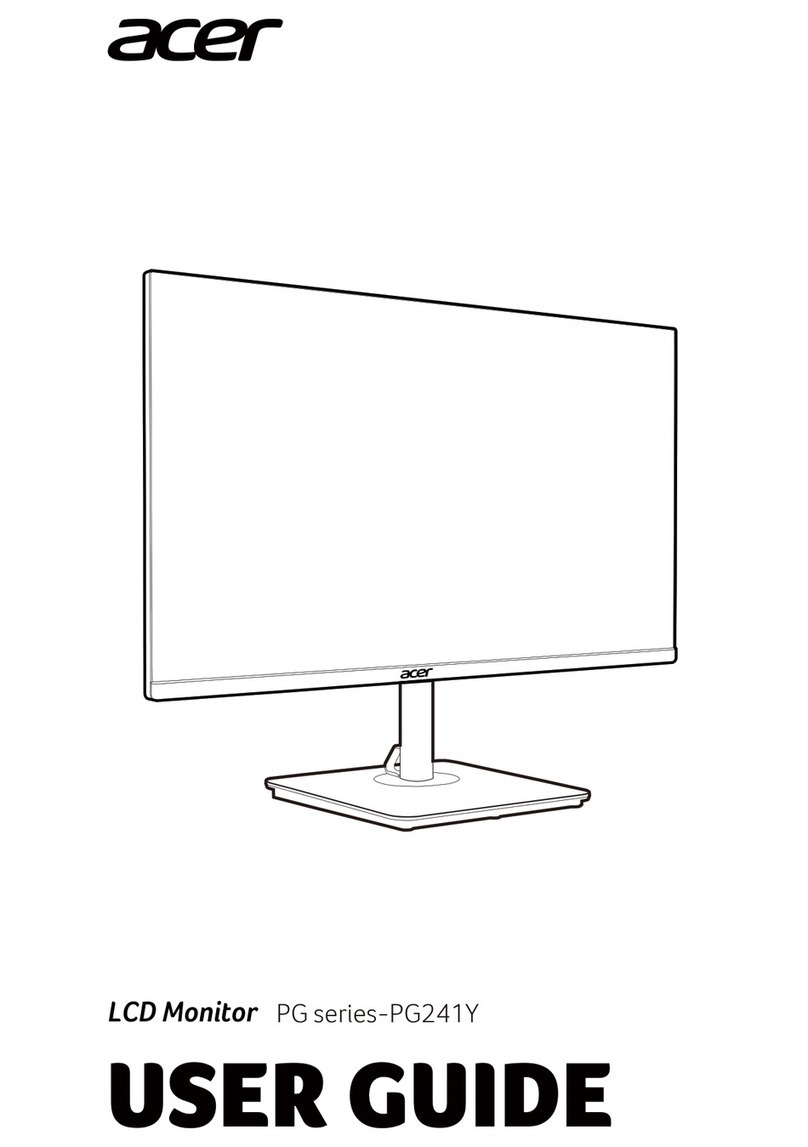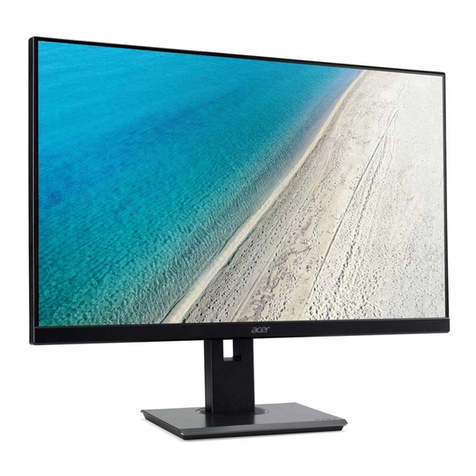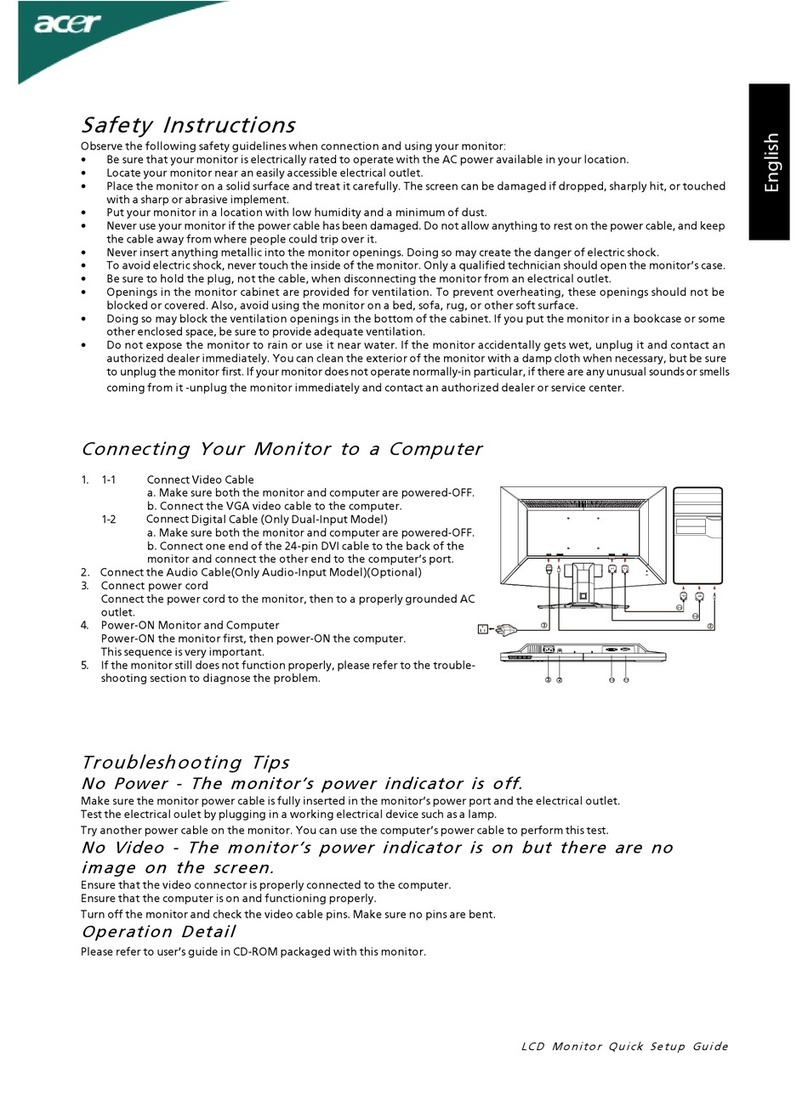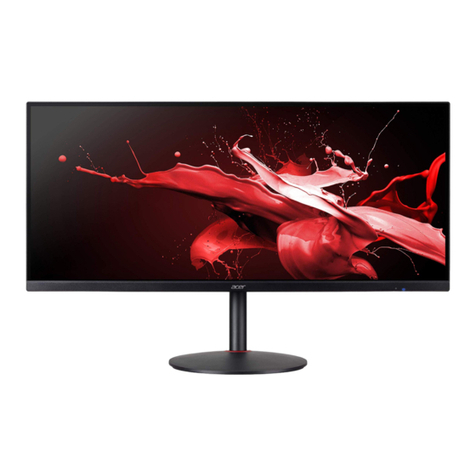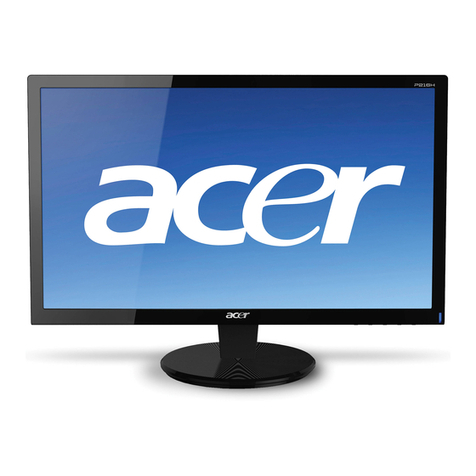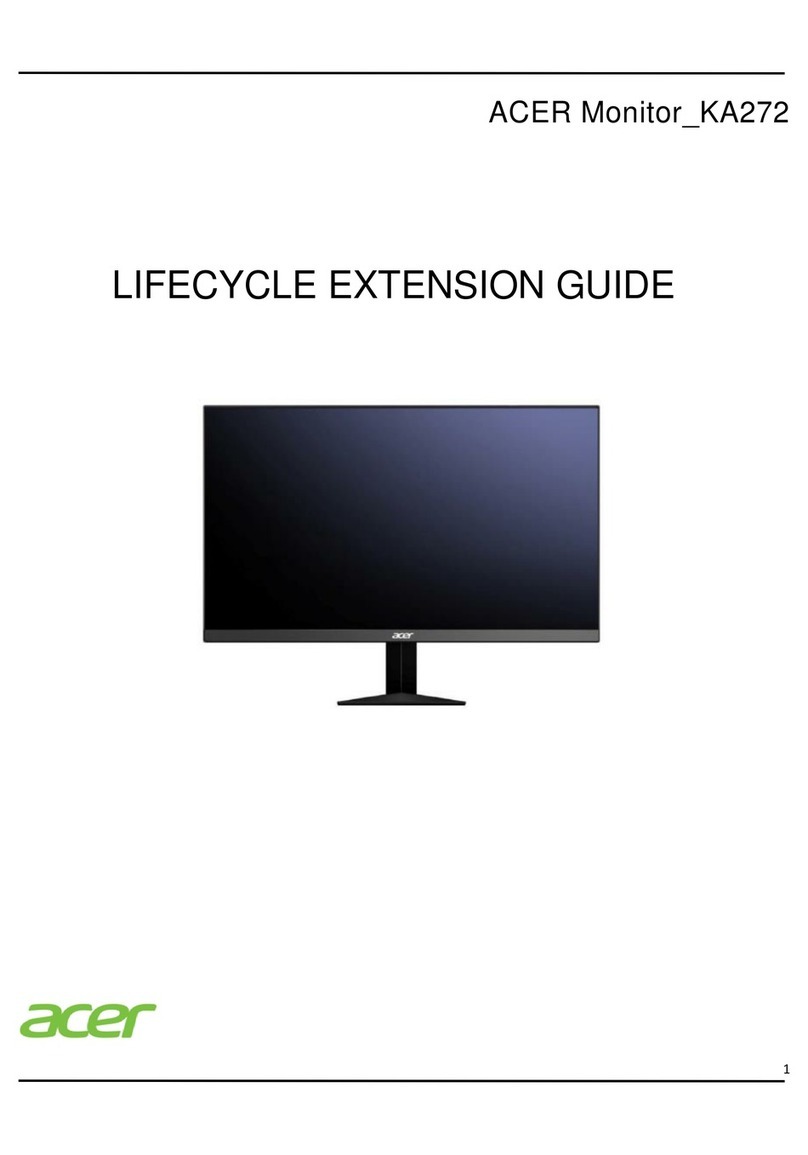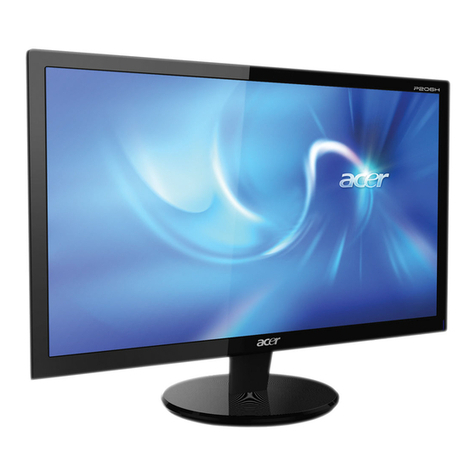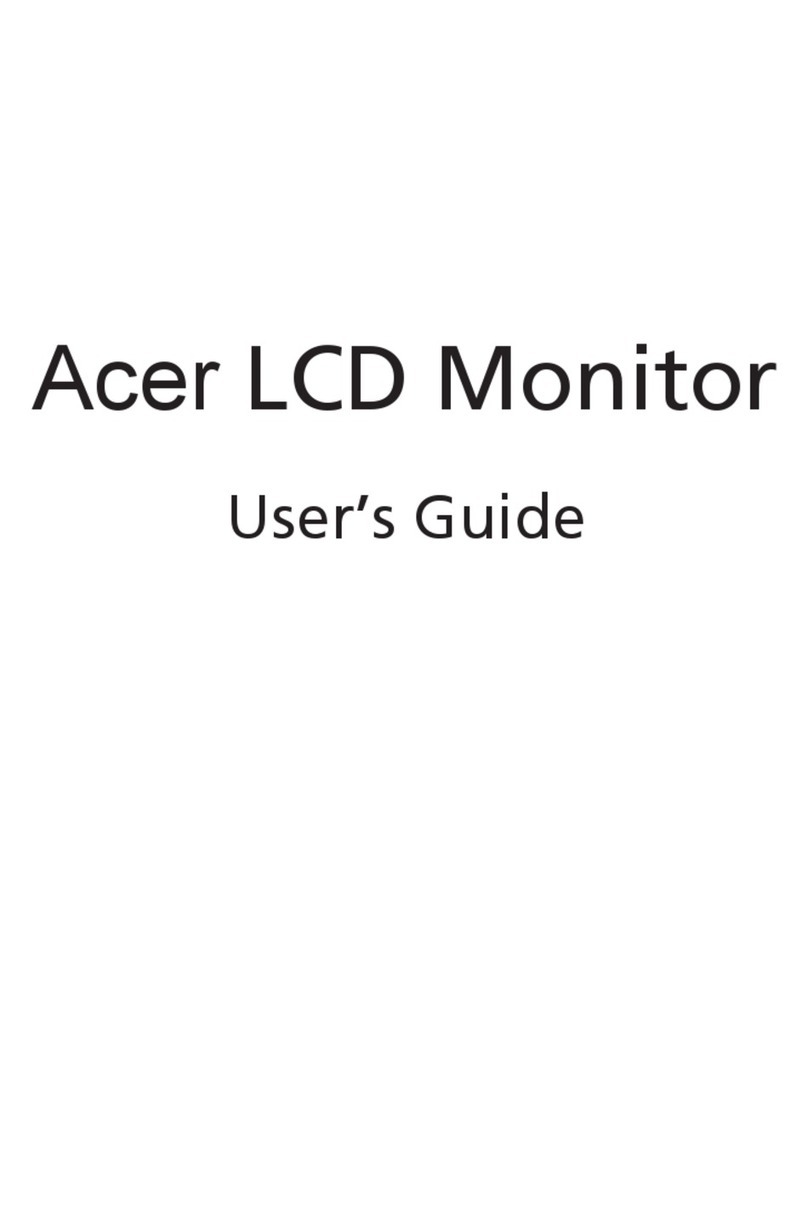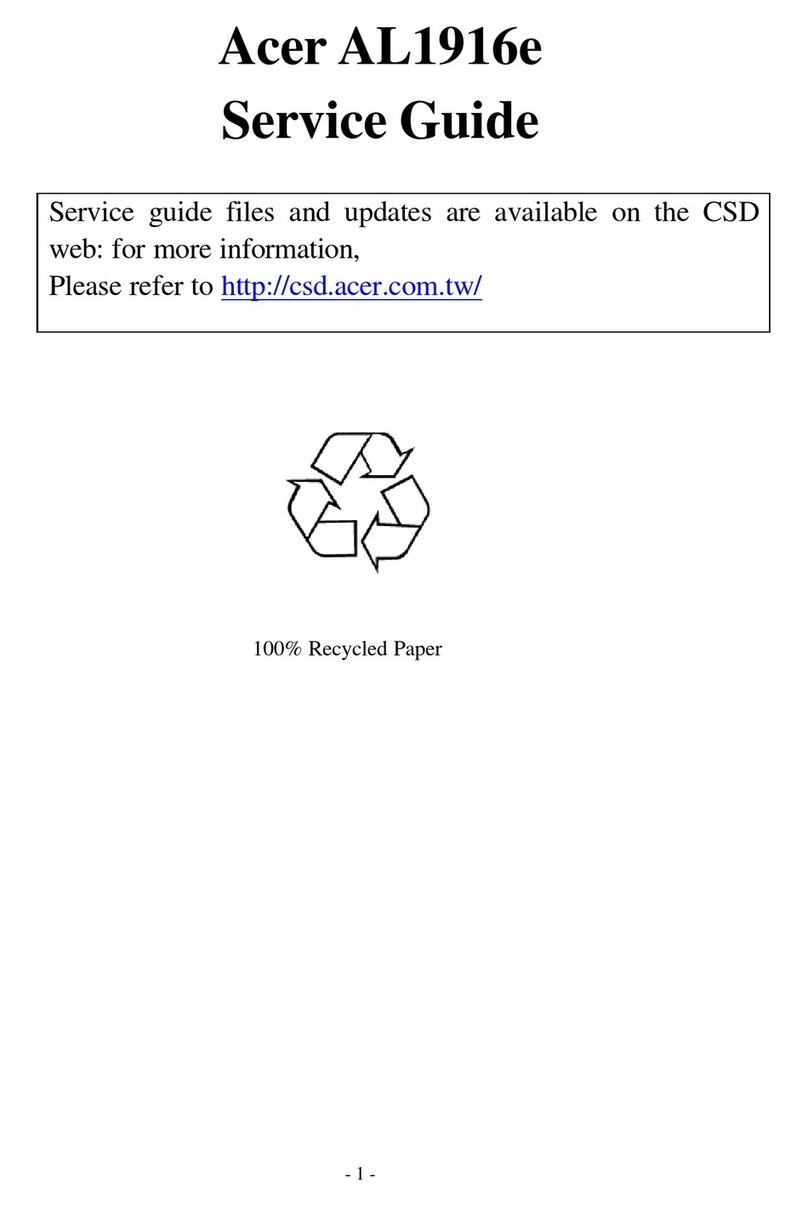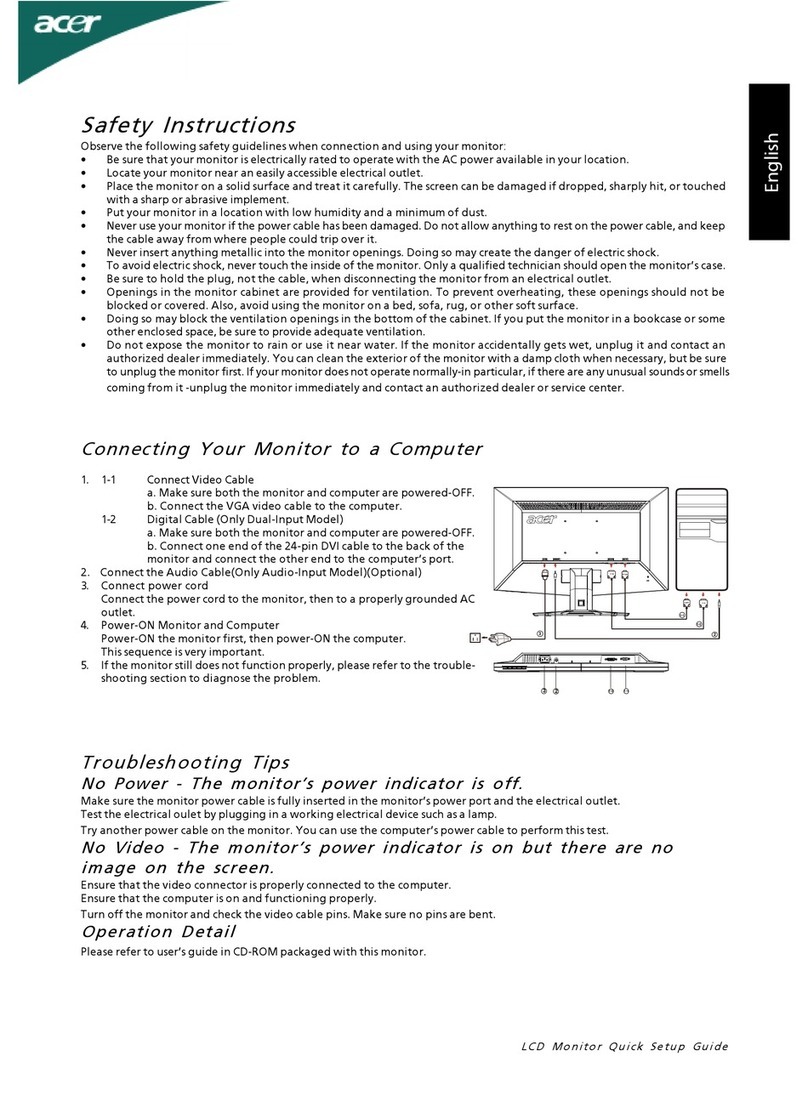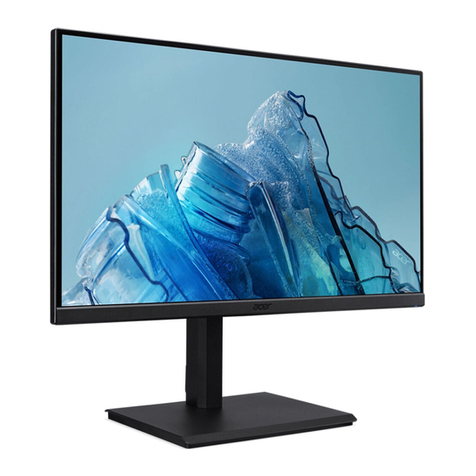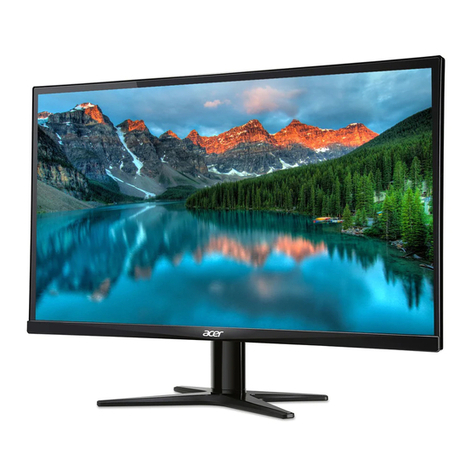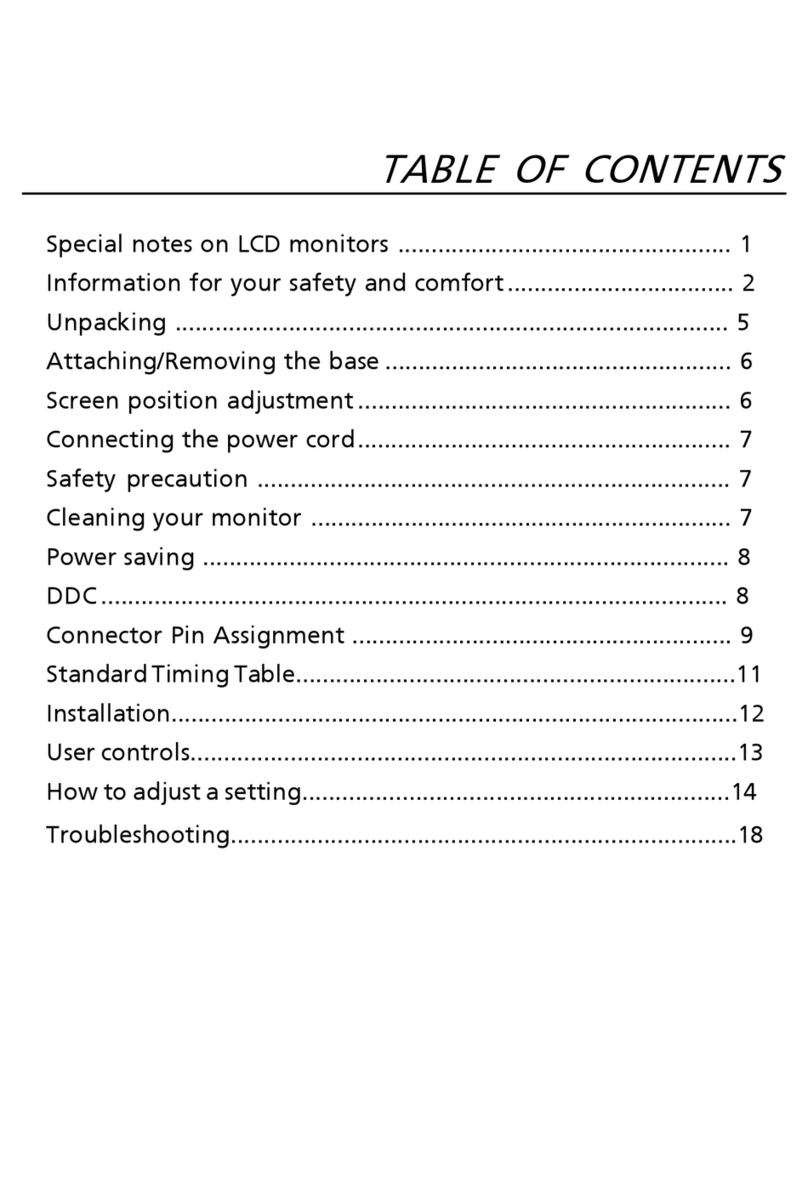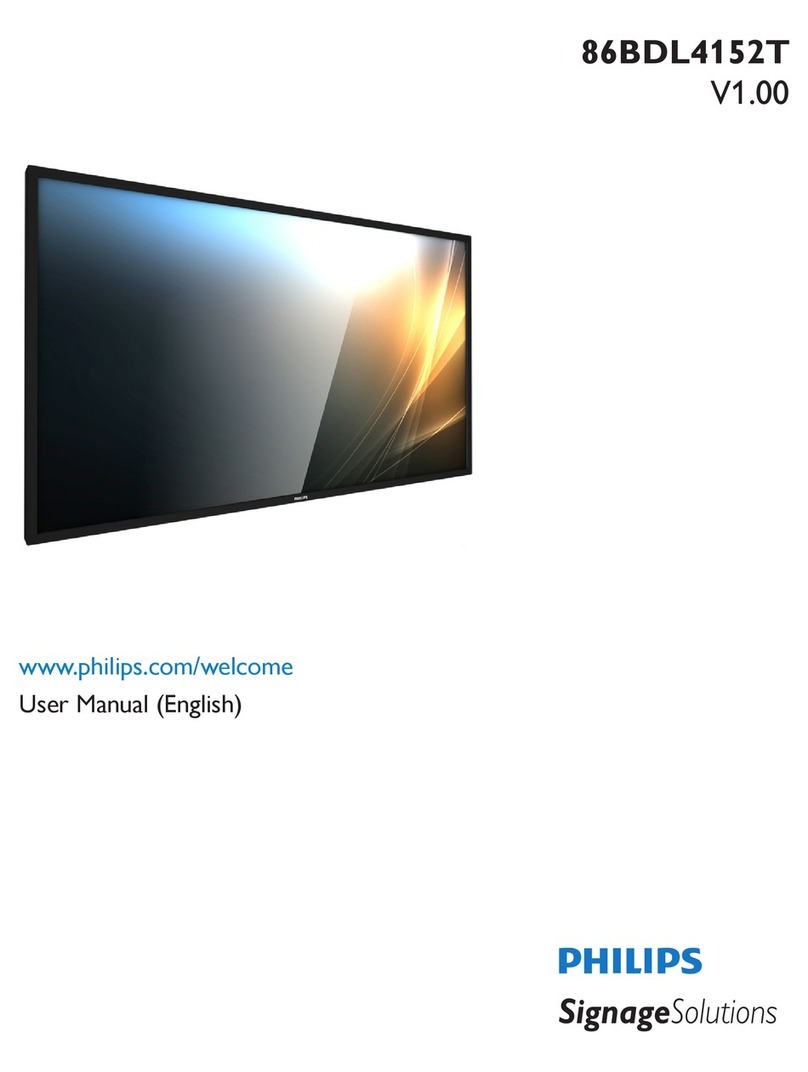Table of Contents API Confidential
No Copy/Reproduction Allowed v
2.1.27 Horizontal focus circuit..............................................................................................2-14
2.2 Microcontroller Cricuit Operation.................................................................................................2-14
2.2.1Introduction...................................................................................................................2-14
2.2.2 Block diagram ..............................................................................................................2-14
2.2.3 MCU and the peripheral circuit operation theory.......................................................................2-15
2.2.3.1 MCU function: ............................................................................................2-15
2.2.3.2 How to detect mode timing:........................................................................2-15
2.2.3.3 What are the valid key functions for user:...................................................2-16
2.2.3.4 How to memorize the timing and adjusted data:.........................................2-16
2.2.3.5 How to display the OSD menu:...................................................................2-16
2.2.3.6 How to execute the auto alignment function:..............................................2-16
2.2.3.7 Flowchart for Auto......................................................................................2-17
2.3 Switching Power Supply Operation Theory..................................................................................2-17
2.3.1. General Specification ..................................................................................................2-17
2.3.2. Block Diagram ............................................................................................................2-17
2.3.3. Circuit Operation Theorem..........................................................................................2-17
2.3.3.1 RFI FILTER................................................................................................2-17
2.3.3.2 Rectifier and filter .......................................................................................2-18
2.3.3.3 switching Element and isolation transformer..............................................2-18
2.3.3.4 Output Rectifier and filter ...........................................................................2-19
2.3.3.5 Control circuit..............................................................................................2-19
2.3.3.6 Feedback circuit ..........................................................................................2-20
2.3.3.7 DEGAUSS CIRCUIT..................................................................................2-20
2.3.3.8 power saving control...................................................................................2-20
2.4 Video Circuit.................................................................................................................................2-21
2.4.1. Design Specifications..................................................................................................2-21
2.4.1.1 input.............................................................................................................2-21
2.4.1.2 sync type......................................................................................................2-21
2.4.1.3 pixel rate......................................................................................................2-21
2.4.1.4 light output ..................................................................................................2-21
2.4.2 CRT Specifications.......................................................................................................2-21
2.4.2.1 heater voltage ..............................................................................................2-21
2.4.2.2 cathode spot cutoff voltage..........................................................................2-21
2.2.2.3 max-to- min cutoff ratio ..............................................................................2-21
2.4.3. Block Diagram ............................................................................................................2-22
2.5 Circuit Descriptions.......................................................................................................................2-22
2.5.1 Preamplifier [LM1282] ................................................................................................2-22
2.5.2 CRT Driver [LM2405].................................................................................................2-22
2.5.3 Buffer [Q111,Q131,Q151] ...........................................................................................2-22
2.5.4 DC Restoration.............................................................................................................2-25
3.ALIGNMENT PROCEDURE........................................................................................................................3-1
3.1Preparation for alignment :.............................................................................................................3-1
3.2 BAdjustment ...............................................................................................................................3-1
3.3 HV Adjustment..............................................................................................................................3-1
3.4 H-center Adjustment......................................................................................................................3-1
3.5 H-size preset..................................................................................................................................3-1
3.6 Factory setting mode adjustment...................................................................................................3-1
3.7 Focus adjustment...........................................................................................................................3-1
3.8 Convergence adjustment................................................................................................................3-2
3.9 Color Temperature auto alignment................................................................................................3-2
3.10 Clear all of user mode data..........................................................................................................3-2
3.11 Power Saving Function Check.....................................................................................................3-2
3.12 USB Test Procedure (Optional)...................................................................................................3-3
4.TROUBLE SHOOTING ................................................................................................................................3-1
4.1 Introduction:..................................................................................................................................4-1
4.2 Trouble shooting for short circuit:.................................................................................................4-2
4.3 Trouble shooting for bad geometry:..............................................................................................4-2
4.4 Trouble shooting for no picture:....................................................................................................4-3
4.5 Trouble Shooting for bad video:....................................................................................................4-4
4.6 Power supply.................................................................................................................................4-5
4.7 Check MCU and OSD for no video output: ..................................................................................4-6
4.8 Check OSD,MCU for no OSD window: .......................................................................................4-7


